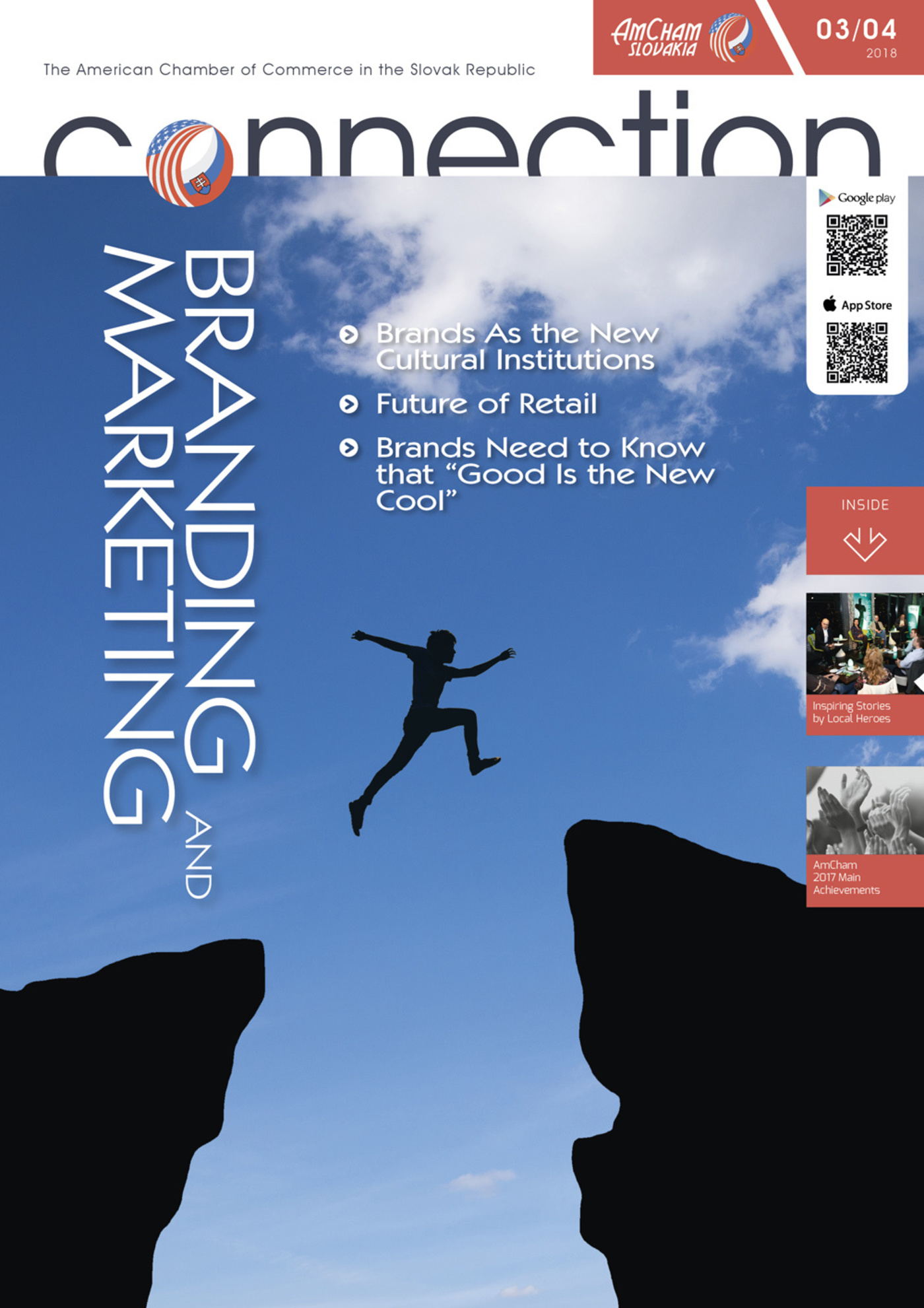Different stages - different Key Performance Indicators (KPIs)
Throughout the customer journey, different indicators and metrics should be observed. We may differentiate between output KPIs, i.e. the final results, and in-process KPIs, i.e. indicators that help us achieve the end result. At the SEE stage, it is reasonable to observe Reach/Impressions, Frequency, and Sessions as in-process KPIs that help us achieve our final goal. They may be summarized as Brand Awareness. We want people to think about the brand and the products offered as it increases the likelihood of purchase when a user moves to the next step of a customer journey.
For the THINK stage, we should consider CTR (click-through-rate), micro-conversions, assisted conversions, and, as primary goals, brand searches and purchase intent. According to Google Consumer Barometer Survey, users are using online resources to find inspiration, comparison or advice related to the recent purchase decision, and/or to prepare for purchase. Finally, the most common financial metrics such as ROI (Return on Investment) and ROAS (Return on Advertising Spend) are taken into account at the DO stage where the actual purchase take place. The last stage, CARE, should consider metrics related to existing customer, i.e. Repeat Purchase Rate, CLV (Customer Lifetime Value) or ARPU (Average Revenue Per User).
Content is crucial
The question is what channels and content should be offered to our (potential) customers at each stage. Though businesses have a tendency to omit the first two stages and, without any advantage among competitors and brand awareness, immediately step into the DO stage, brands should prepare distinct strategies for each step of the journey and allow a customer to develop his/her purchase intent on his/her own. To put it simply, you should reach your customers long before your competitors do. Doing it the other way and stepping in only in the DO phase may lead to high CPA (cost-per-acquisition) and difficulty in gaining new customers as you need to persuade them first.
In the SEE phase, in general, you should adopt a branded communication to allow easy recognition, be active on social media, write blogs, videos, articles, not to forget offline advertising (TV, radio, out-of-home advertising, print). The THINK stage should help us become relevant by being able to answer all purchase-related questions: newsletters, reviews, products comparisons, recommendations and, FAQs. When we move to the DO phase, where the aim is to reach people having a commercial intent, we may use remarketing activities or heatmaps to track website behavior (e.g. website searches, checkout, etc.) and other analytic data. Please consider it a brief and general summary; it is beyond doubt that each industry requires a customized approach.
How to treat existing customers?
It is still not a common practice to show interest in people who have already made their first transactions. That is wrong – a relationship does not end when an invoice goes through. According to Amy Gallo, a contributing editor at Harvard Business Review, and many other relevant sources, it takes 5-25 times more effort to acquire new customers than to upsell or cross-sell to an existing one.
One of the common strategies in the CARE stage resulting in customer satisfaction is to establish loyalty programs – they allow both parties to benefit as businesses may thus gather valuable data about existing customers (contact information, shopping preferences, purchase history, etc.). Encourage customers to join by offering initial welcome discounts. Simple point systems and subsequent “more attractive” rewards, special discounts, or free items and free shipping may give customers reasons to come back – you make them engage with the brand more often, spend more and mobilize them to recommend the given business to their acquaintances. When opting for other solutions, consider that personalized mailing systems and benefits including birthday/special-occasion coupons are proved to be more effective than general non-targeted emails (considered as SPAM by many).
The journey is quite simple and we all know it from our own experience – we are customers as well. We think wisely before making a decision, go through online and offline resources to compare products, read reviews, and establish relationships with brand. Why don’t we offer our customers the same?
Viktória Margitová, Key Account Manager, Promiseo s.r.o.



Follow us